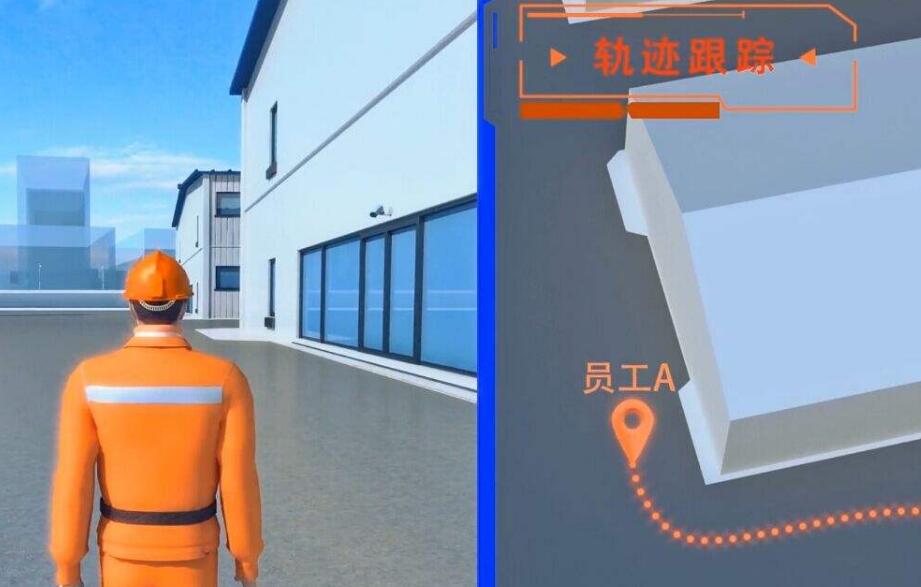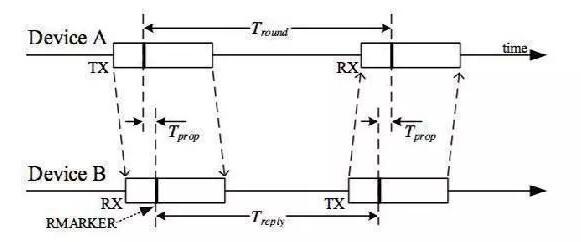Ultra-wideband positioning is a very advanced and precise technology that can meet the needs of various long-distance wireless communications. When using superior UWB positioning techniques, reasonable algorithms must be used to obtain accurate positioning. What are the common UWB positioning algorithms? The following small series briefly introduces several common algorithms for everyone.

1, RSS method
Ultra-wideband positioning can use the RSS algorithm to estimate the distance between the target and the receiver by measuring the energy between the nodes. Since the strength of the received signal is inversely proportional to the distance traveled, the distance can be estimated by the strength of the transmitted signal. The intensity of the received signal is multiplied by an attenuation model. The algorithm of ultra-wideband positioning is simple to operate and the cost is very low, but the effects of multi-path fading and shadowing need to be considered in the calculation.
2. AOA method
The AOA algorithm can measure the angle between the unknown point and the reference point and calculate the position of the target. The UWB positioning system measures the arrival angle of the signal from the positioning target that first arrives at the receiver through a plurality of base stations, thereby estimating the position of the positioning target. If there are few obstacles in the area, you can use the AOA algorithm to obtain higher positioning accuracy. However, if there are more obstacles in the positioning area, the effects of multipath effects should be considered.
3, TOA/TDOA method
When the ultra-wideband positioning is calculated using the AOA method, due to the multipath effect and the limitations of the receiver antenna, more sensors are required to work at the same time, which increases the application cost of the system. The use of TOA/TDOA joint positioning algorithm can reduce the number of sensors working at the same time, and obtain the three-dimensional coordinates of the target to be positioned.
TOA is the "arrival time". This way of positioning is achieved through multiple communication between Anchor and Tag, as shown below:

1. The Anchor first sends a packet to the Tag and records the current time information of the Anchor, which is denoted as T1.
2. The Tag receives the information of the base station and returns an ACK.
3. The Anchor receives the ACK of the tag and records the current time information, which is denoted as T2.
4. The difference in the calculation time of Anchor is Tr = T2 - T1, and the distance is calculated based on this.
d = c * Tr / 2 where c is the speed of light.
Of course, in order to be more reliable in practical applications, it is often more than just using two communications to measure distance, and there are more complicated multiple communications to improve the accuracy.
For spatial positioning, you only need to use SX (Spherical Intersection) to get the final coordinates.
It can be seen that for each positioning, two communications are required between each Anchor and Tag. Therefore, this positioning method is also called “Two-way-rangingâ€. The advantage of this positioning is that it is easy to implement and tolerant to the hardware. It only requires a few anchors and one tag that are placed in different locations to be positioned. . . The first is naturally the positioning speed. Secondly, since the quality of each communication cannot be guaranteed, and a pair of Anchor/Tags cannot be calibrated by oneself, the accuracy will naturally be affected.
TODA is the "difference in arrival time". One time ranging in this way is implemented by two Anchors and one Tag. In this mode, Anchors with multiple clocks that are fully synchronized receive packets from one Tag at the same time. For Anchors in different locations, the arrival time of the same broadcast packet for the same Tag is different, so the following algorithm is available:
1, Tag sends a broadcast package.
2. When two Anchors receive the same packet, the time received by Anchor1 is T1, and the time received by Anchor2 is T1.
3. Calculate the time difference Td = T2 - T1.
4, for at least four Anchor, you can get three sets of such information between the two.
5. The spatial coordinates of the tag can be solved by multi-lateration.
Due to the complexity of the algorithm, it will not be repeated here. From this we can see that the advantage of TDOA lies in the fact that the number of communications in a single location is significantly reduced. Secondly, because the time difference rather than the absolute time is used for ranging, the accuracy of TDOA is higher than that of TOA. However, the advantages are always paid for at a price. The clocks of the various Anchors in the TDOA system must be strictly synchronized. Since this positioning is essentially dependent on the speed of light, the inherent clock error of 1 ns can cause an inherent distance error of 30 cm. This is obviously unacceptable. However, the cost of creating a precise synchronization system with a relatively large distance is quite expensive.
Electrode sheets can be divided into different electrode sheets according to different standards, for example: self-adhesive electrode sheets, if according to the material can be divided into 1. PET self-adhesive electrode sheet 2 silicone self-adhesive electrode sheet, 3 silicone self-adhesive electrode sheet 4, others Button self-adhesive electrode sheet; silica gel electrode sheet can be divided into water-absorbing electrode sheet, heating electrode sheet, conductive electrode sheet and so on according to the purpose. In addition to the electrode pads, there are electrode wires and related physiotherapy products related to them.
Conductive Sheet,Conductive Plastic Sheet,Thermal Conductive Sheet,Conductive Rubber Sheet
Original Electronics Technology (Suzhou) Co., Ltd. , https://www.original-te.com